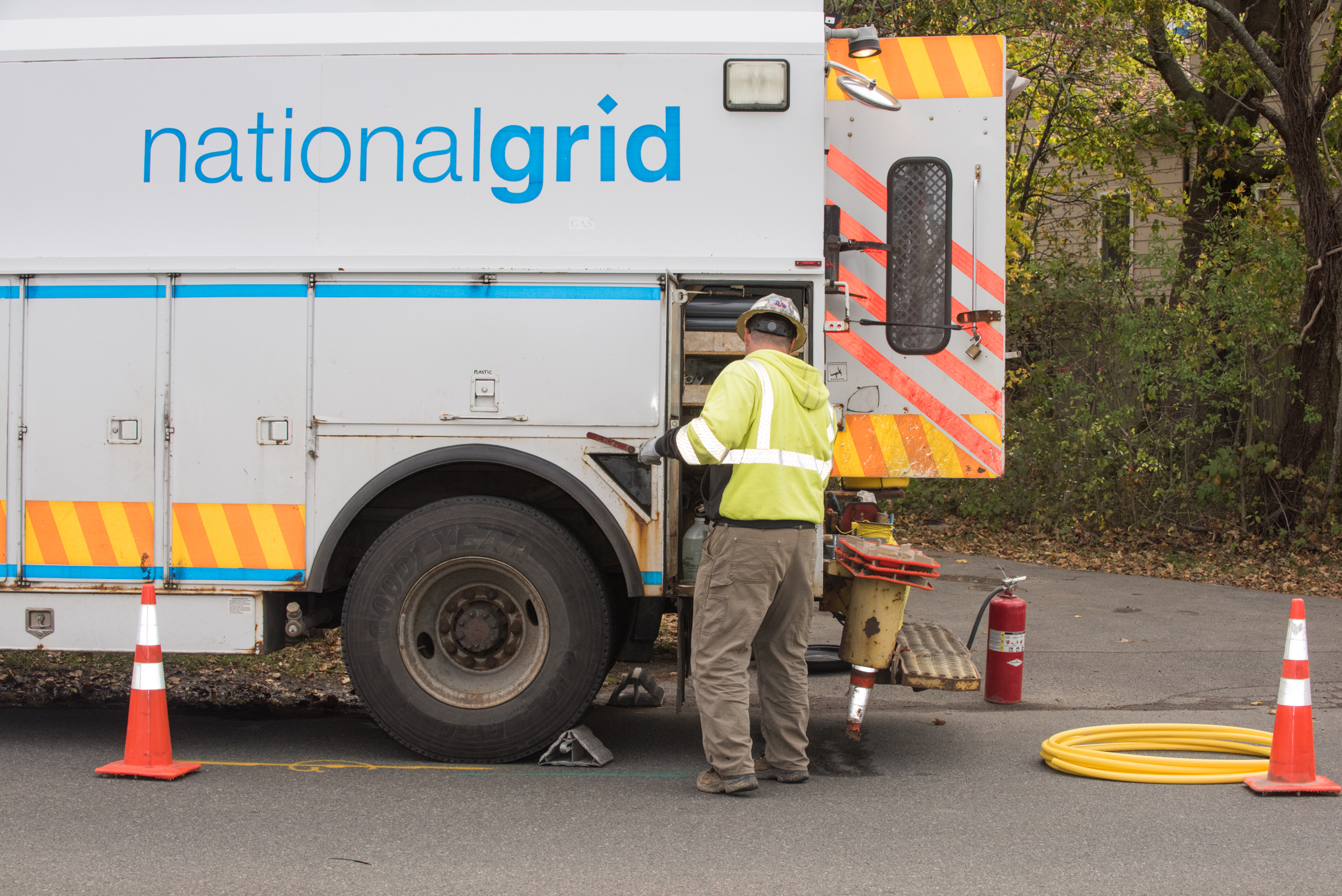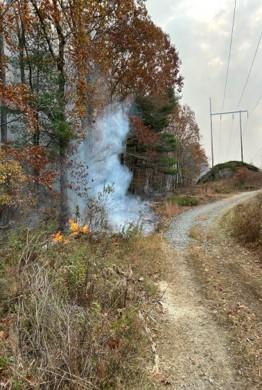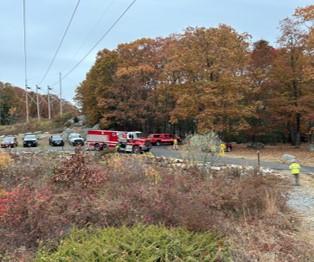
Protecting Our Assets From Wildfires
2024 was a record wildfire season in Massachusetts, with more acres burned than any year on record and eight Red Flag Warnings issued by the National Weather Service. Some of these fires were located near our field assets, posing a risk to our infrastructure. Fortunately, earlier in the year, our Emergency Planning and Critical Infrastructure Risk Management team had prepared a wildfire response plan.
Wildfire response plan

Casey Kirkpatrick, Director of Group Strategic Engineering, said:
Even though we consider a wildfire to be low probability in our New England territory based on our climate conditions, we want to make sure we’re prepared for it.
Creation of the emergency response plan was led by our Emergency Planning and Critical Infrastructure Risk Management team. The effort aimed to identify best practices for wildfire situations, establish beneficial two-way communication between National Grid and external stakeholders, and develop expectations for all parties in the event of an emergency response.
The group scheduled a single day exercise for July 2024 that simulated how wildfires could impact our distribution and transmission assets. Participants reviewed the components of the response, including setting up a chain of command, protecting assets and quickly activating a response in an unpredictable wildfire situation. The simulation also involved external participants, including the Fire Chiefs’ Association of Massachusetts, the Massachusetts Department of Conservation and Recreation Bureau of Forest Fire Control and Forestry, and the Massachusetts Department of Public Utilities.
A 1,400% increase in wildfires

Following the summer exercise, the autumn of 2024 saw unusually warm and dry weather in New England. Those conditions sparked more than 200 wildfires in Massachusetts in October, a 1,400% increase from the monthly average.
Using the knowledge gained from the simulation exercise, our team implemented the plan. They identified the need for resources, launched an incident command system and emergency response organisation, and set up communication channels for updates on weather and response actions. After several weeks of firefighting operations at various fire scenes, local fire crews were able to get the situation under control. Thanks to pre-planning and collaborative efforts, minimal lines were de-energised at the request of public safety partners, and no service impact was experienced by our customers.